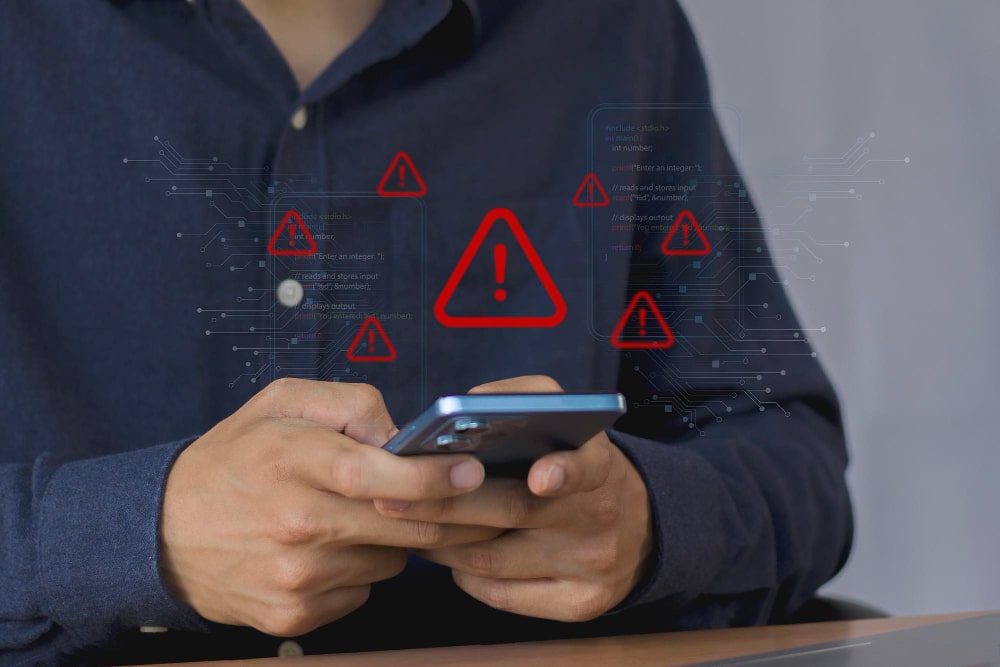Table of Contents
- How Emergency Texting Works
- Cybersecurity Breach Alert
- Facility Shutdown Notification
- Natural Disaster Coordination
- Medical or Personal Emergency
- School and Campus Alerts
- Transportation and Logistics Disruptions
- Why SMS Works for Emergencies
- Building an Emergency SMS Plan
- Legal and Compliance Considerations
- Final Thoughts
Emergencies don’t wait. Whether it’s a natural disaster, security breach, or urgent business disruption, time is everything. When every second counts, email and phone trees aren’t fast enough. That’s where emergency texts to a designated number comes in.
With one message to a designated number, you can alert entire teams, trigger protocols, and keep people safe—all within seconds. SMS works when other systems fail. It’s fast, reliable, and available on every mobile phone.
Let’s explore how emergency texting works, why it’s essential, and real-world examples where it can be a lifesaver.
How Emergency Texting Works
Emergency texting is simple but powerful. A designated number is set up to receive urgent messages. Once triggered, the platform relays that message to a predefined group.
This can include:
- Employees
- IT teams
- Executives
- First responders
- Crisis communication personnel
For example, a manager could text “SECURITY BREACH” to a short code, and the system would instantly notify all security staff, IT, and leadership.
These messages can also trigger automated workflows, such as sending secondary instructions, logging the alert, or escalating the issue to third-party responders. This level of integration ensures no delay in critical decision-making.

Cybersecurity Breach Alert
One critical use case is cybersecurity. If your systems are compromised, speed is key. By sending an emergency keyword to your dedicated number, your SMS system can:
- Alert IT to begin shutdown protocols
- Inform executives of the breach
- Notify legal or compliance teams
This rapid communication minimizes damage. It also helps meet compliance standards for breach response time. In regulated industries, the ability to prove swift notification can be critical in post-incident audits.
Example:
“URGENT: Potential data breach detected. Initiate lockdown. Meet on Zoom link: [link]”
Facility Shutdown Notification
Emergencies like fires, power outages, or gas leaks require immediate action. With SMS, you can instantly alert staff to evacuate or avoid the area.
Time is crucial in these situations. A single, clear message can prevent injury and save lives.
Example:
“ Building A evacuation in progress due to electrical fire. Please exit through south stairwell. Await further updates.”
Natural Disaster Coordination
When weather events like hurricanes, wildfires, or earthquakes strike, communication lines often go down. However, SMS remains one of the few reliable channels.
Use cases include:
- Notifying employees about office closures
- Updating evacuation plans
- Coordinating remote work during disruptions
- Confirming the safety of staff and their families
In extreme weather, SMS keeps your communication intact when power and internet connections are unavailable.
Medical or Personal Emergency
Sometimes emergencies are personal. A field worker facing a medical issue may not be able to make a call. Texting a keyword to a designated number can quietly trigger help.
Whether it’s a health emergency, workplace accident, or personal safety concern, SMS can serve as a discreet lifeline.
Example:
“911” sent to a private emergency short code could alert HR, security, and the nearest supervisor to respond immediately.
School and Campus Alerts
Educational institutions must act quickly in the face of emergencies. Whether it’s an active threat, fire, or severe weather, instant communication is vital.
SMS ensures alerts reach:
- Students
- Parents
- Faculty
- Emergency personnel
This level of responsiveness can prevent chaos and ensure organized evacuations or lockdowns.
Example:
“Campus is on lockdown due to external threat. Remain in secure locations until notified.”
Transportation and Logistics Disruptions
In the logistics industry, delays and accidents can have a domino effect. Emergency texts allow dispatchers to instantly:
- Reroute deliveries
- Alert drivers of road closures or dangers
- Notify customers of delays
These messages keep operations running and customers informed, even during breakdowns or severe weather.
Why SMS Works for Emergencies
- Fast: Messages are read within 3 minutes.
- Ubiquitous: Every phone supports SMS.
- Reliable: Works without apps or internet.
- Simple: No training or tech skills required.
- Scalable: Supports one-to-many broadcasts instantly.
These qualities make SMS the best tool for reaching people when urgency matters most.
Building an Emergency SMS Plan
Here’s how to set it up:
- Create a designated number – Choose a short code or virtual number.
- Set keyword triggers – Use simple, memorable words like “FIRE” or “HELP”.
- Define contact groups – Segment messages to reach the right people.
- Automate replies – Confirm receipt and give next steps automatically.
- Test regularly – Run drills to keep systems and teams prepared.
- Track responses – Some platforms allow you to see who has read or replied to messages.
- Review and revise – After each emergency or test, refine the plan.
When your team knows what to expect, they respond faster. Regular testing also builds confidence in the system.
Legal and Compliance Considerations
Emergency communication must follow legal guidelines. Ensure your SMS platform complies with regulations like:
- TCPA (Telephone Consumer Protection Act)
- HIPAA (if health-related information is involved)
- FERPA (for school systems)
Always get consent when required, and keep records of emergency communication logs for accountability.

Final Thoughts
Emergencies are unpredictable. But your response doesn’t have to be. SMS gives you the power to act quickly, communicate clearly, and protect your people.
From cyber breaches to campus threats, from logistics to medical response, a simple text can make all the difference.
Organizations that plan ahead, implement SMS workflows, and run frequent tests are far better prepared when it matters most.
Don’t wait for a crisis—build your emergency texting plan today. Because when every second counts, texting is the most effective tool in your pocket.






